May 14, 2025 | 08:41 GMT +7
May 14, 2025 | 08:41 GMT +7
Hotline: 0913.378.918
May 14, 2025 | 08:41 GMT +7
Hotline: 0913.378.918
One of the specialties from northern Vietnam that the Chinese eagerly await is the lychee. Lychee blossoms in the spring, when the weather is cool, and reaches peak harvest amid the intense summer heat. Each growth stage and nutrient accumulation phase of the lychee corresponds with different weather patterns. As a result, lychee has a bright red color and a uniquely rich sweetness, making it very popular among the Chinese. In the 2024 harvest season, 9,200 tons of the highest quality fresh lychees were exported to China.
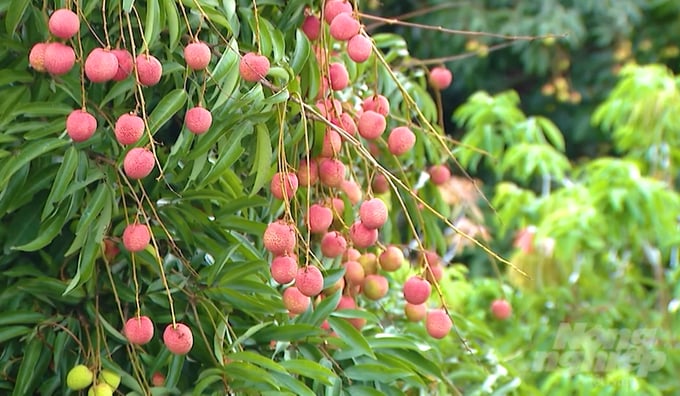
Lychee is a popular fruit in the Chinese market.
The Central and Central Highlands regions, with their year-round warm climate, have fertile red basalt soil plantations formed from geological activity millions of years ago. This area is home to vast passion fruit orchards. A characteristic tropical fruit of Vietnam, passion fruit is not only well-known for its distinctive aroma but also for its incredible nutritional benefits, such as vitamin C, beta-carotene, and polyphenols that help boost the immune system, neutralize free radicals, and prevent aging.
Thanks to natural cultivation, Vietnamese passion fruit is not only delicious and visually appealing but also meets stringent food safety and phytosanitary standards. With an estimated annual yield of 135,000 tons, passion fruit is consistently among the top high-value export fruits from Vietnam and is also one of the twelve fruits officially exported to China. In addition, the sunny and windy red basalt soil of the Central Highlands is home to other tropical fruits like avocado, banana, pineapple, and many others, each offering wholesome nutrients and unique tropical flavors.
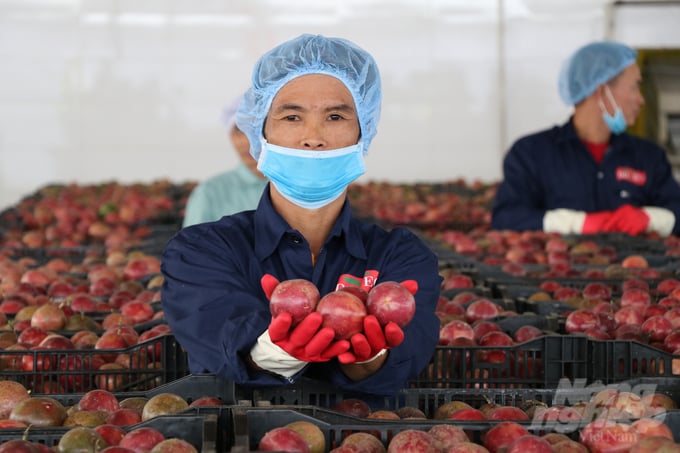
Vietnamese passion fruit is one of the highest-value export fruits.
Heading the South, a vast area the end of Mekong delta, with the year-round mild tropical climate and abundant alluvial deposits, is Vietnam's largest fruit-growing region, producing a variety of high-quality tropical fruits such as dragon fruit, mangosteen, fresh coconut, mango, rambutan, and green-skinned grapefruit.
Together with the Central Highlands and Southeast regions, the Mekong Delta is helping to position Vietnam as a top exporter of durian worldwide. Known as the 'queen of fruits' for its exceptional quality, Vietnamese durian is cultivated scientifically to strict standards, offering a unique, aromatic taste with golden-yellow flesh, rich creaminess, and an irresistible fragrance that anyone who tastes it finds unforgettable. In 2023, Vietnam surpassed Thailand to become the number one durian exporter to China, reaching nearly 33,000 tons, valued at USD 161 million, representing a 2.4-fold increase in volume and value compared to the same period in 2022.
Mr. Nguyen Khac Tien, Chairman of the Board of Directors of Ameii Vietnam Corporation, a fruit export company with extensive experience in the Chinese market, emphasizes that for Vietnamese fruits to continue dominating this market, one critical factor is that businesses must work together. Currently, exports are still carried out in a fragmented way, with small-scale companies working independently.
Agreeing with this, Mr. Nguyen Do Anh Tuan, Director General of International Cooperation Department of the Ministry of Agriculture and Rural Development, suggested that enterprises need to align and look in the same direction to ensure a long-term path, not only for the Chinese market but also for many other potential markets like the U.S., Japan, and the EU. The support and oversight of state management agencies in accordance with export development and industry growth policies will create sustainability in the agricultural export trend.
Translated by Kieu Chi
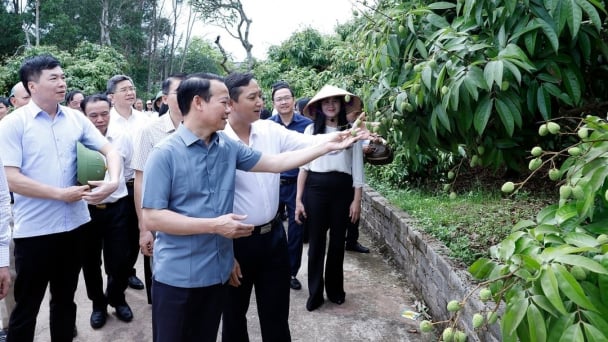
(VAN) Agriculture and environment sector experienced a 3.74% increase in growth during the first four months of 2025, with exports surpassing 21 billion USD. This growth was sustained by effective reforms and a trade surplus.
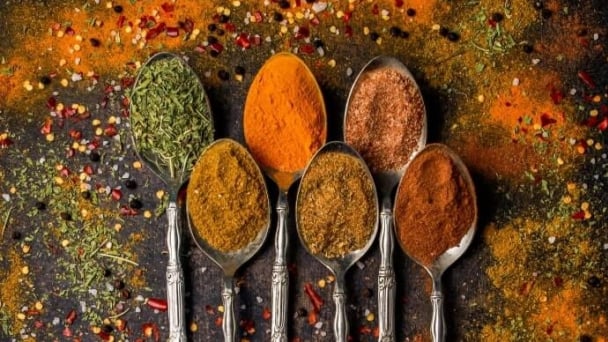
(VAN) Taiwan offers a promising market for Vietnamese turmeric; however, it enforces stringent standards, particularly concerning residual additives, colourants, and substances with potential carcinogenic effects.

(VAN) Through activities at Vietnam Sea and Island Week 2025, solutions will be developed to fully harness the potential and advantages of Vietnam's marine economy.
![Multi-channel, multi-directional Vietnamese agricultural markets: [4] EVFTA and the 0% tax advantage](https://t.ex-cdn.com/nongnghiepmoitruong.vn/608w/files/linhnhp/2025/05/12/day-chuyen-che-bien-tom-tai-1-nha-may-cua-sao-ta-205536_359-1044193.jpg)
(VAN) The near-complete elimination of import tariffs on Vietnamese goods makes the EVFTA the highest commitment the EU has ever made to a partner in its signed trade agreements.
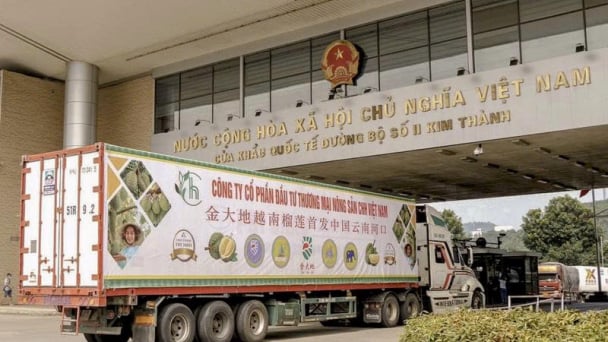
(VAN) Deputy Minister Phung Duc Tien hopes that China will facilitate the entry of Vietnamese agricultural products into its market and accelerate customs clearance at border gates.
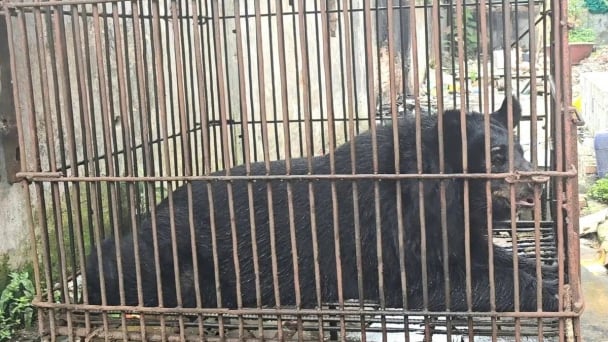
(VAN) On May 10, the Animals Asia Foundation and the Hai Phong Crop Production and Forest Protection Department successfully rescued a nearly 20-year-old sun bear that was being kept by locals.
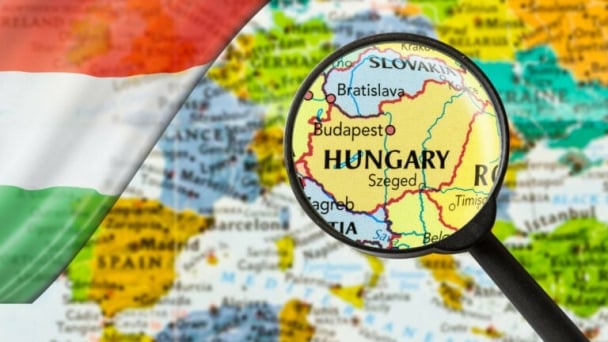
(VAN) Does Hungary have an opportunity to expand poultry production in the coming years despite the pressure from avian influenza and challenges of the trade war?